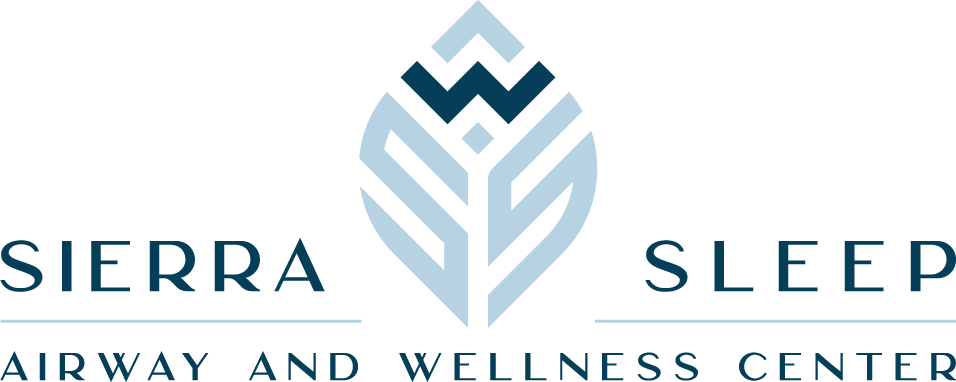As parents, we want our children to enjoy a restful night’s sleep, feeling refreshed and energized each morning. However, when sleep disturbances arise, it’s important to consider the possibility of sleep apnea—a condition that affects both adults and children. In this blog post, we will explore the signs and symptoms of sleep apnea in children, discuss its potential impact on their health, and offer guidance on seeking appropriate solutions.
Understanding Sleep Apnea in Children:

Sleep apnea occurs when a child’s breathing is partially or completely blocked during sleep, leading to interruptions in their breathing pattern. There are two main types of sleep apnea commonly seen in children: obstructive sleep apnea (OSA) and central sleep apnea (CSA).
Obstructive Sleep Apnea (OSA) in Children:
OSA is the most prevalent type of sleep apnea in children. It is often caused by the partial or complete blockage of the airway, typically due to enlarged tonsils or adenoids, obesity, or craniofacial abnormalities. Children with OSA may experience the following symptoms:
-
Snoring: Regular and loud snoring is one of the most common signs of OSA in children.
-
Pauses in breathing: Frequent pauses in breathing during sleep, followed by gasping or choking sounds.
-
Restless sleep: Children with OSA may toss and turn frequently or exhibit excessive movement during sleep.
-
Daytime sleepiness: OSA can lead to daytime fatigue, lack of energy, and difficulties concentrating at school.
-
Behavioral and learning problems: Sleep apnea can contribute to behavioral issues, poor academic performance, and difficulty focusing.
Central Sleep Apnea (CSA) in Children:
While less common than OSA, CSA can affect children as well. CSA occurs when the brain fails to send the appropriate signals to the muscles responsible for breathing during sleep. Symptoms of CSA in children may include:
-
Brief pauses in breathing: Periodic interruptions in breathing during sleep, without the typical gasping or choking sounds associated with OSA.
-
Night sweats: Excessive sweating during sleep, often accompanied by restlessness.
-
Poor growth: Children with CSA may experience slow or stunted growth due to the disruption of normal sleep patterns.
Seeking Solutions for Your Child:
If you suspect that your child may have sleep apnea, it is essential to consult with a healthcare professional who specializes in sleep disorders. They will perform a thorough evaluation, which may include a sleep study, to diagnose the condition accurately.
Treatment options for pediatric sleep apnea depend on the severity and underlying causes of the condition. Common interventions include:
-
Adenotonsillectomy: Surgical removal of enlarged tonsils and adenoids to alleviate obstruction in the airway.
-
Weight management: For children with obesity-related sleep apnea, adopting a healthy lifestyle with proper nutrition and regular exercise can be beneficial.
-
Orthodontic intervention: In certain instances, orthodontic devices or oral appliances may help improve airflow and address underlying structural issues.

